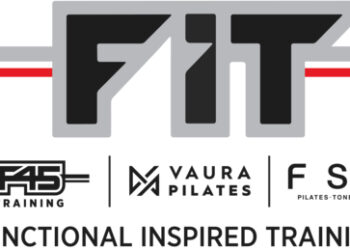 At inSegment, creativity, strategy and quantifiable marketing results are three valued components of e-mail marketing campaigns. Alexander Kesler, the president of inSegment, founded the company in 2007 and recently shared tips for putting together effective e-mail blasts that will yield successful open and click-through rates.
At inSegment, creativity, strategy and quantifiable marketing results are three valued components of e-mail marketing campaigns. Alexander Kesler, the president of inSegment, founded the company in 2007 and recently shared tips for putting together effective e-mail blasts that will yield successful open and click-through rates.
CS: What are common mistakes companies make when putting together e-mail blasts?
AK: One of the biggest mistakes companies make when constructing e-mail blasts is not tailoring the message to the audience. For example, the type of messaging and offers you’d send to club members should be vastly different than ones you would send to prospective members. You want each group to take a different action, so the messaging and offers you give to each group should be unique.
Another common problem that we see with e-mail blasts is the lack of clear “call to action” messaging that leads to a website where the user has an opportunity to convert — whether that’s sign up for a class, enroll in a new program or simply follow the company on Facebook or Twitter.
CS: What are tips for writing an engaging and effective subject line?
AK: As tempting as it might be to write some clever, witty subject line, a clear, specific subject line will garner more opens. Interestingly enough, studies have shown that using the word “free” in subject lines actually hurts open rates.
CS: How often should you send out e-blasts?
AK: Finding the right balance is tricky. For sports clubs, a weekly update for members and a bi-weekly to monthly blast for opt-in prospective members can be effective. Daily e-mails, especially if you don’t have the news or promotions to support them, will get stale quickly — and unsubscribed from by your recipients.
CS: What else would you like health clubs to know about e-mail marketing?
AK: Try to make your e-mails as personal as possible. Send from a real e-mail address, with a name attached to it. Don’t automate your greeting — try to sound like a real person, not a robot. Since you’ll be sending e-mails consistently to people, they will notice if you repeat yourself.
CS: Why should e-mail blasts be a part of a club’s marketing efforts?
AK: E-mail continues to be one of the easiest and most reliable communication channels with today’s consumers. Due to the pervasiveness of smartphones, it is now even easier for people to check their e-mail whether at home, at work or on the move. According to Axciom’s e-mail marketing survey of consumer habits and perceptions (2013), 40.2 percent of people sign up to receive e-mails from companies to receive discounts.
By Rachel Zabonick
Stay ahead in the fitness industry with exclusive updates!
Rachel Zabonick-Chonko is the editor-in-chief of Club Solutions Magazine. She can be reached at rachel@peakemedia.com.











